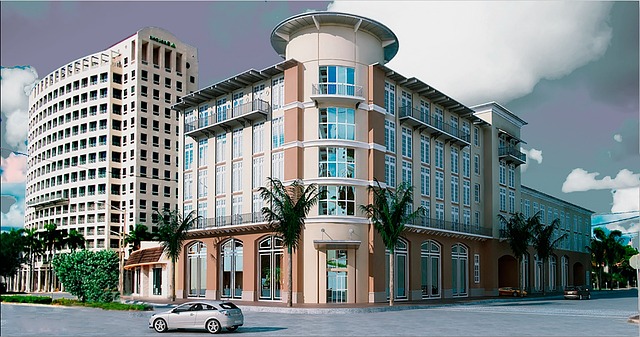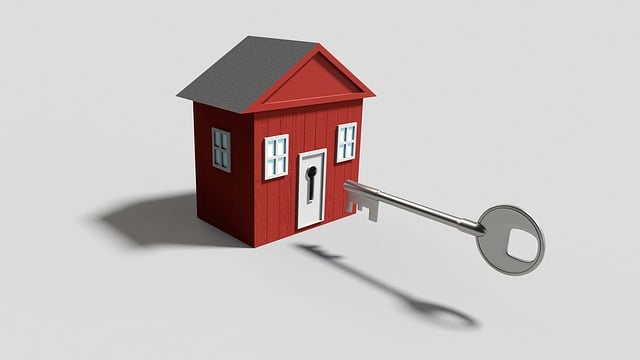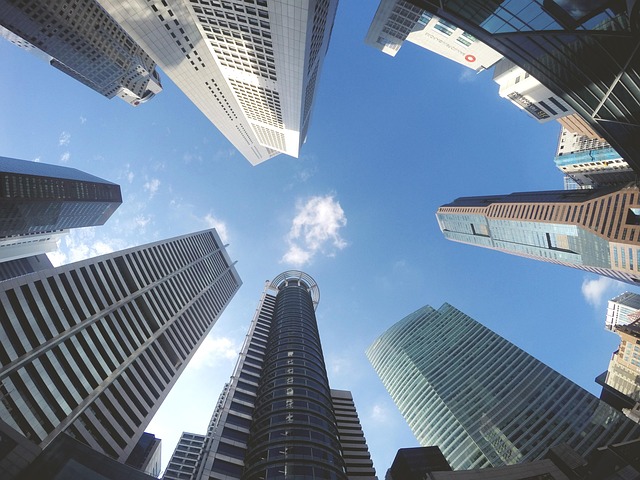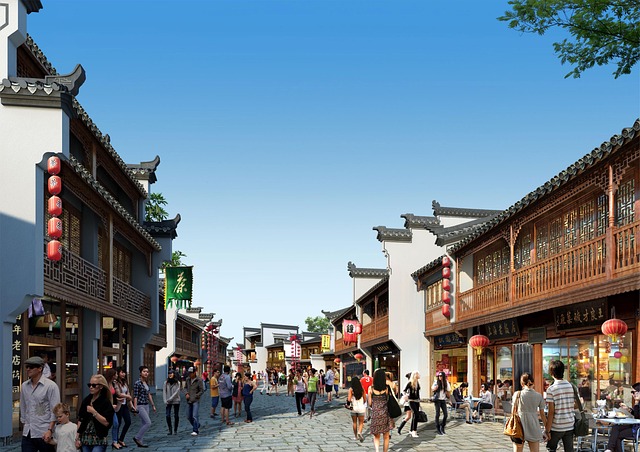In dynamic real estate, understanding office, retail, and industrial needs is key. Each type offers unique advantages: offices for collaboration, retail for customer engagement, and industries for manufacturing. These variations shape urban landscapes and drive economic growth. Future trends include flexible workspaces, smart tech, green buildings, vertical developments, and mixed-use projects, creating an adaptable, tech-driven, and eco-conscious commercial real estate market.
“Explore the diverse world of commercial real estate with our comprehensive guide. From sleek office spaces that foster collaboration to vibrant retail hubs driving local economies, and expansive industrial facilities powering supply chains—each building type offers unique advantages. We dissect the critical factors influencing your decision, from location and layout to tenant needs. Additionally, discover emerging trends shaping the future of real estate investments, as we navigate the ever-evolving commercial landscape.”
Understanding Building Types: Office, Retail, and Industrial Spaces

In the realm of real estate, understanding the nuances of office, retail, and industrial buildings is key to navigating diverse market needs. These spaces cater to distinct business activities and thus, possess unique characteristics that appeal to specific tenants. Office buildings, for instance, are designed to foster collaboration and productivity, featuring layouts that support open-plan offices or private suites, ample natural light, and state-of-the-art technology infrastructure. On the other hand, retail spaces are crafted to engage and attract customers, emphasizing accessibility, visibility, and a mix of storefronts offering diverse products and services.
Industrial buildings, in contrast, are optimized for manufacturing, warehousing, or logistics operations. They boast expansive floor plans, high ceilings, robust loading docks, and specialized systems to accommodate heavy equipment. Each building type evolves from specific real estate considerations, business requirements, and market trends, shaping diverse landscapes within urban and suburban areas, contributing to the economic vibrancy of communities large and small.
Key Factors in Choosing Between These Real Estate Options

When considering real estate options for businesses, understanding the key factors that differentiate office, retail, and industrial buildings is essential. Each type offers unique advantages tailored to different commercial needs. For instance, office spaces are ideal for companies seeking a professional environment to foster collaboration and productivity among employees. These buildings typically feature modern amenities, ample natural lighting, and flexible floor plans, making them attractive for startups and established corporations alike.
On the other hand, retail properties are strategically designed to attract customers and drive sales. They often benefit from high foot traffic, prime locations, and extensive marketing opportunities. Retail spaces are perfect for businesses in e-commerce, fashion, or food service sectors looking to create engaging customer experiences. In contrast, industrial buildings cater to manufacturing, warehousing, and logistics operations, providing ample space, loading docks, and advanced security measures required for these activities.
The Future of Commercial Real Estate: Trends Shaping the Market

The future of commercial real estate is being reshaped by several key trends that are transforming how we work, shop, and interact with spaces. One prominent trend is the rise of flexible workspaces, offering a more dynamic alternative to traditional office leases. This shift reflects the changing nature of work, with remote work becoming more common and employees demanding flexibility and diverse amenities. Additionally, the integration of smart technology in buildings is revolutionizing real estate. From automated security systems to energy-efficient designs and IoT connectivity, these innovations enhance tenant experiences while optimizing property management.
Sustainability is another critical factor driving market dynamics. Eco-conscious investors are increasingly focusing on green buildings, pushing developers and owners to incorporate sustainable practices into their projects. This trend not only benefits the environment but also attracts tenants who prioritize energy efficiency and health-conscious spaces. As cities continue to grow, vertical developments and mixed-use projects are gaining traction, offering efficient land use and vibrant urban landscapes. These trends collectively shape a future where commercial real estate is more adaptable, tech-driven, and environmentally conscious.






